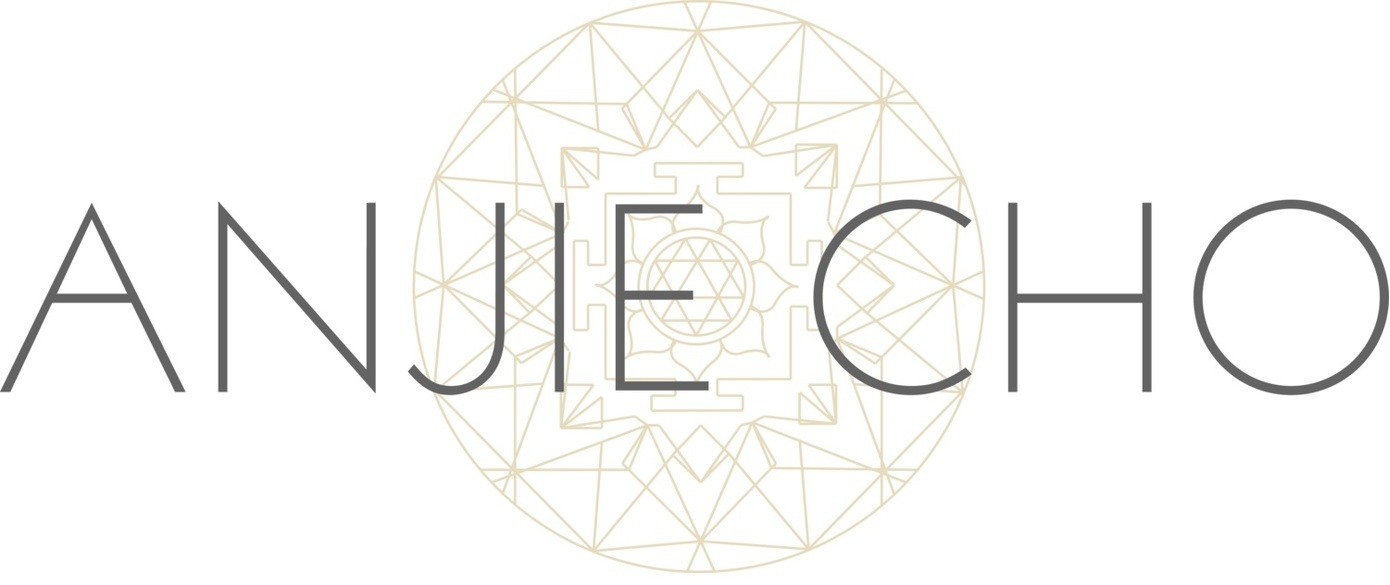Based in High Falls, NY, Mavis Gewant is celebrated as a sacred artist, mother, educator and doula. Mavis studied the ancient techniques of yantra and silk deity painting with the late Tantric Master Shri Harish Johari, serving as his personal assistant for over twenty years. Mavis is one of the few persons in the U.S. with over two decades training in this Sacred Art who was requested to teach this knowledge by her teacher.
Having a deep commitment to supporting women during the most sacred time of their lives, becoming a mother, Mavis is a childbirth educator and doula and founder of Gentle Care Doula Service. Believing that pregnancy, birth and motherhood are a holy experience, she helps women to connect to their divine energy through sacred art and knowledge.
I had the honor of meeting Mavis during a yantra workshop a few years ago. Yantra practice is my absolute favorite and most meaningful form of meditation. Recently I had the pleasure of speaking with Mavis about her work, specifically with yantras.
AC: How would you describe a yantra to someone who wasn’t previously familiar with them?
MG: A yantra is a geometric pattern of energy specific to deities and planets. It has been said that they are physical form of a deity, where mantra is the sound form. Yantras give a structure or pattern to energy. They are composed of geometric forms like squares and circles. Since all cultures have these kinds of shapes, they resonate in our DNA when we see them. Yantras are archetypal and universal.
“I think yantras are a personal prescription for healing. Whether with a deity or a planet, it is an energetic entity you are working with to heal.“
I understand yantras are prescribed, and that the proportions, colors, and symbols are important.
Yes, absolutely. Gold is connected to the sun and representative of knowledge. Silver is related to the moon and life-giving energy. Green is cool and about balance and knowledge. Red is hot, fire and magnetic and stimulating the adrenals. Orange is magnetic, cheering, and warm. Yellow is hot, positive magnetic, and stimulating nerves and knowledge. Blue is cold, anesthetic. Sky blue is calming to the nerves.
Goddess yantras typically have pink or red petals. Many of the colors have to do with the color of the associated deity such as with Ganesha yantra. For Ganesha, there's a light orange upward pointing triangle, which is related to his skin color. The colors correlation is more obvious with planet deities. The sun yantra colors are vibrant yellows and oranges.
What's the difference between a mandala and yantra?
Yantra is a form of mandala. Both are created within circles, and circles are about creation. When you start a yantra, you have first draw a circle. To make the square, you must again, first make a circle.
Is it better if you make your own yantra, can someone make one for you? Or can you use a printed yantra?
It's always best if you draw your own yantra. Then you have that connection with the art and the associated deity or planet. You have spent the time, and when you're away from it you can still invoke it within yourself. It's also good if someone makes it for you, if they had the intention of creating it for your use. When I make them I really focus on the people I'm making them for. It is also good to give yantras away and not always best to hold onto them. I did 40 Sri yantras, then went to India and released them into the Ganges River.
Mavis’ next workshop will take place June 22 at Sivananda in New York City. She teaches Sacred Painting Workshops worldwide, including a yearly retreat in Haridwar, India. It is her humble desire to help others through this transformational art form and she makes her painting a spiritual practice. Her artwork can be seen on her website:www.sacredmotherarts.com








